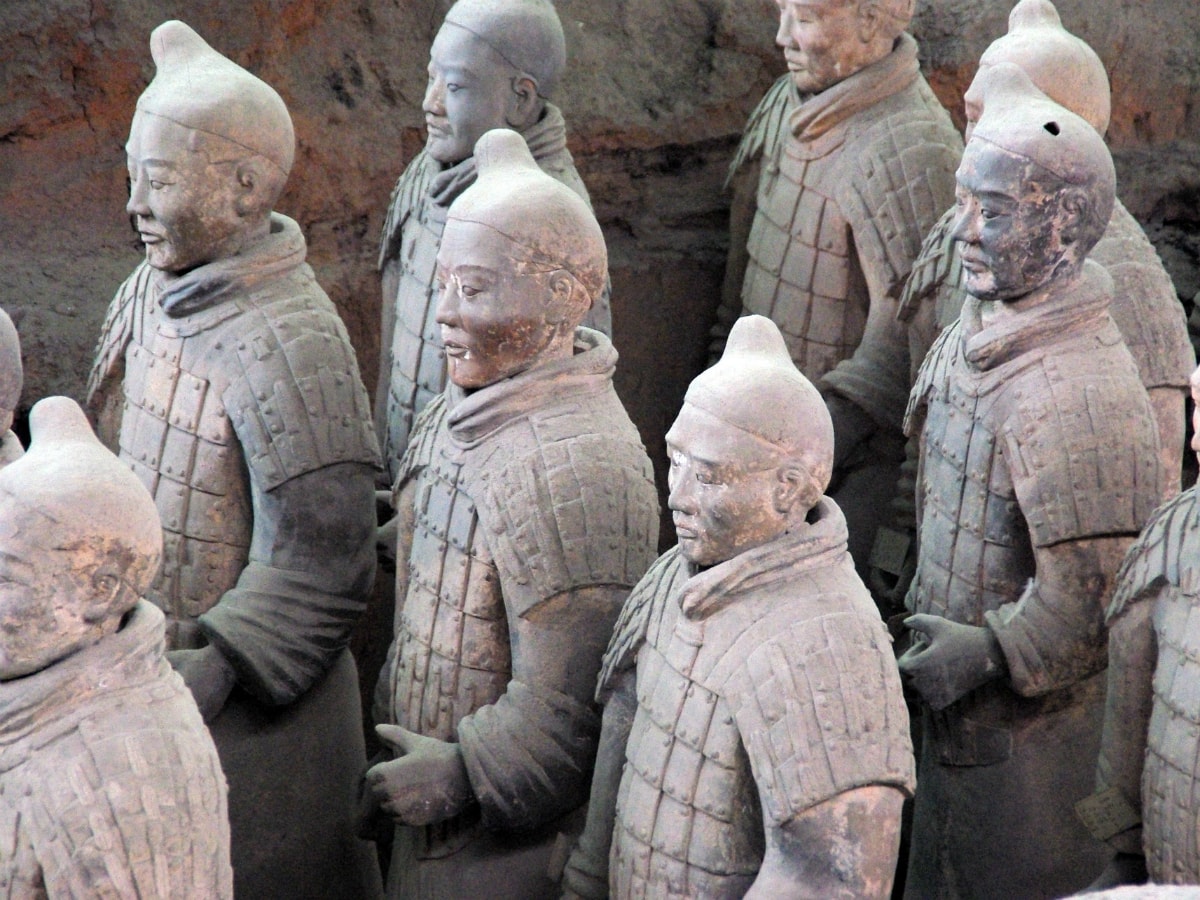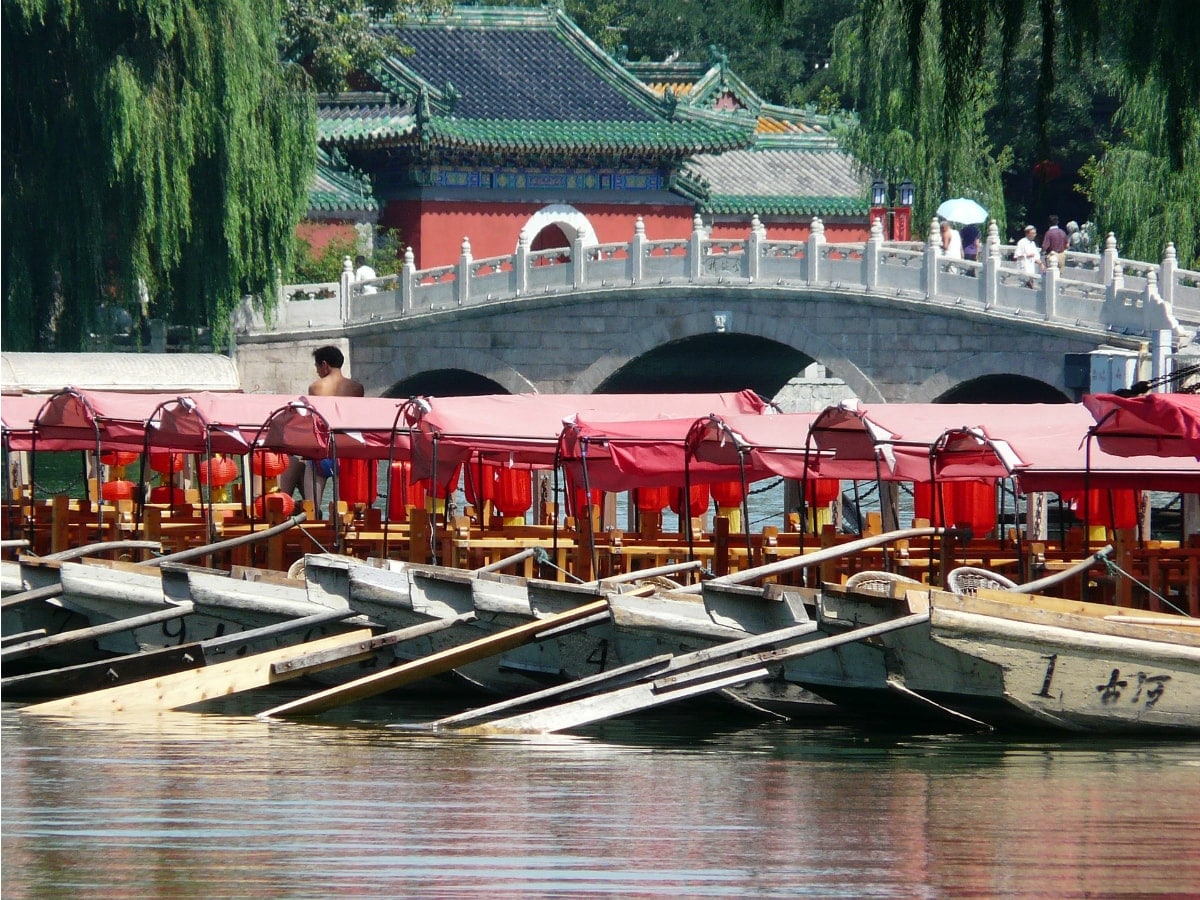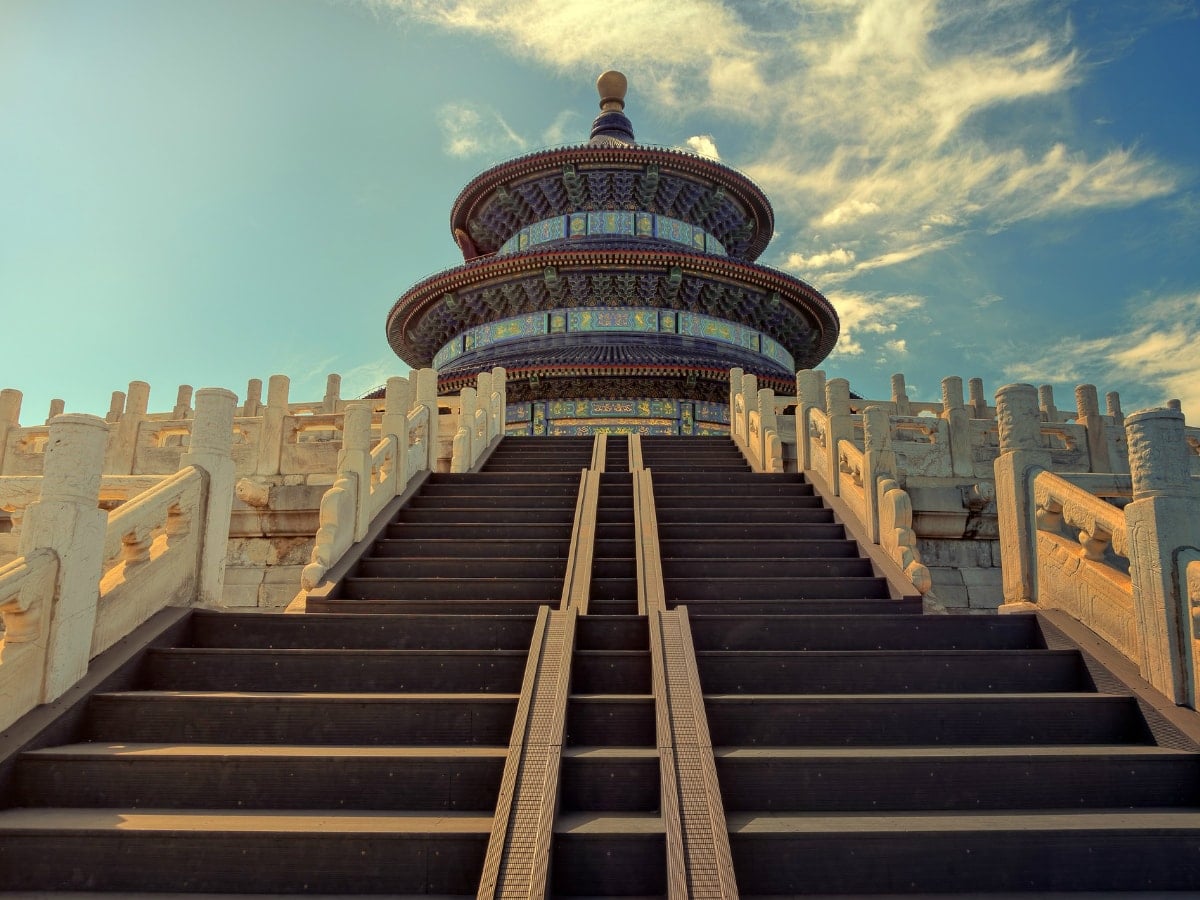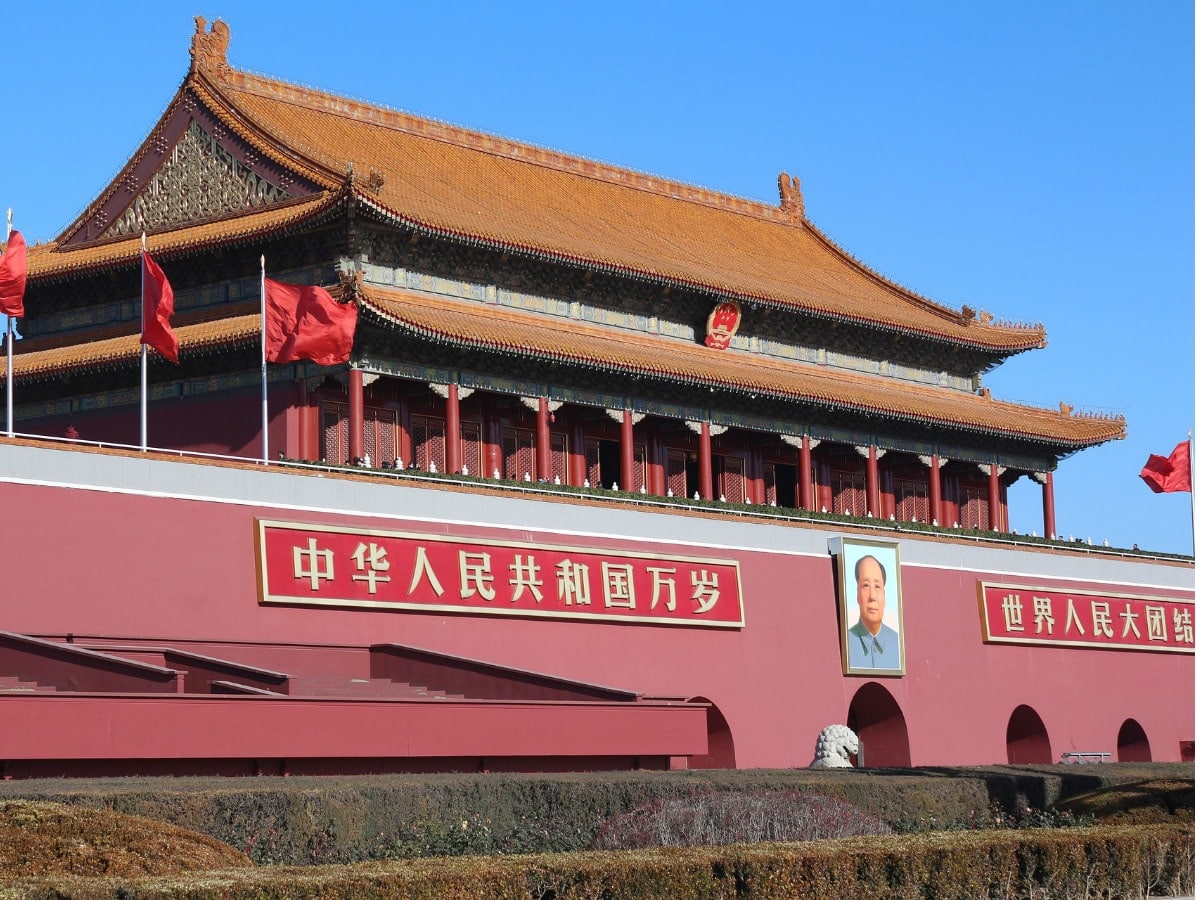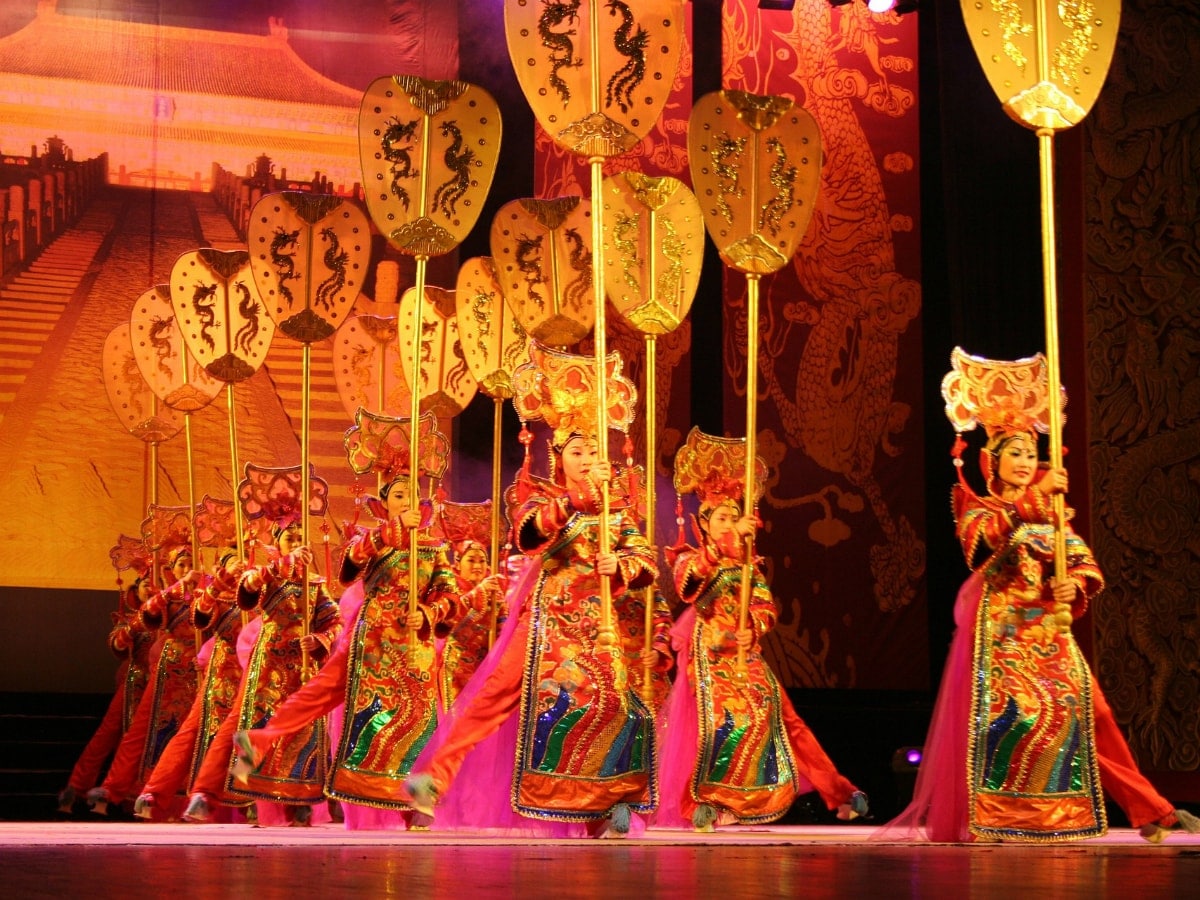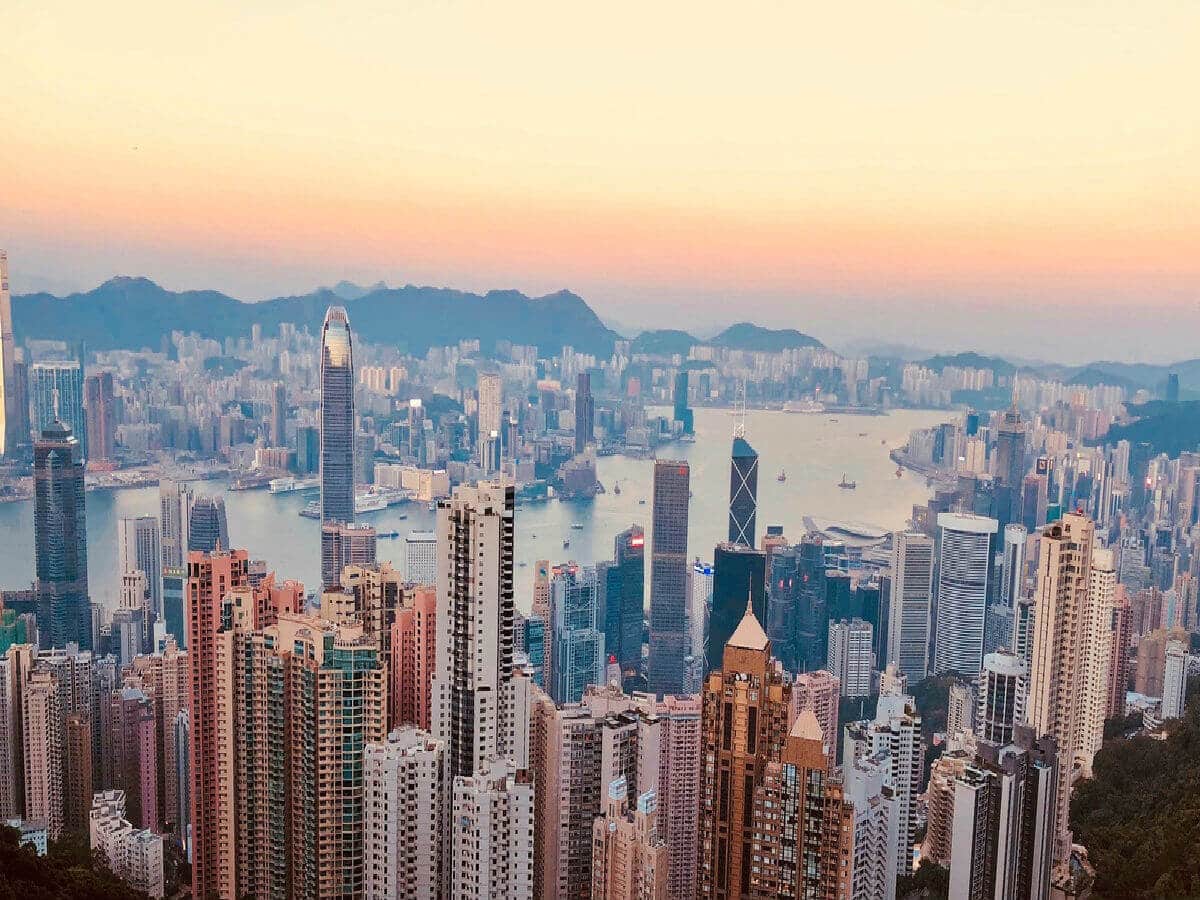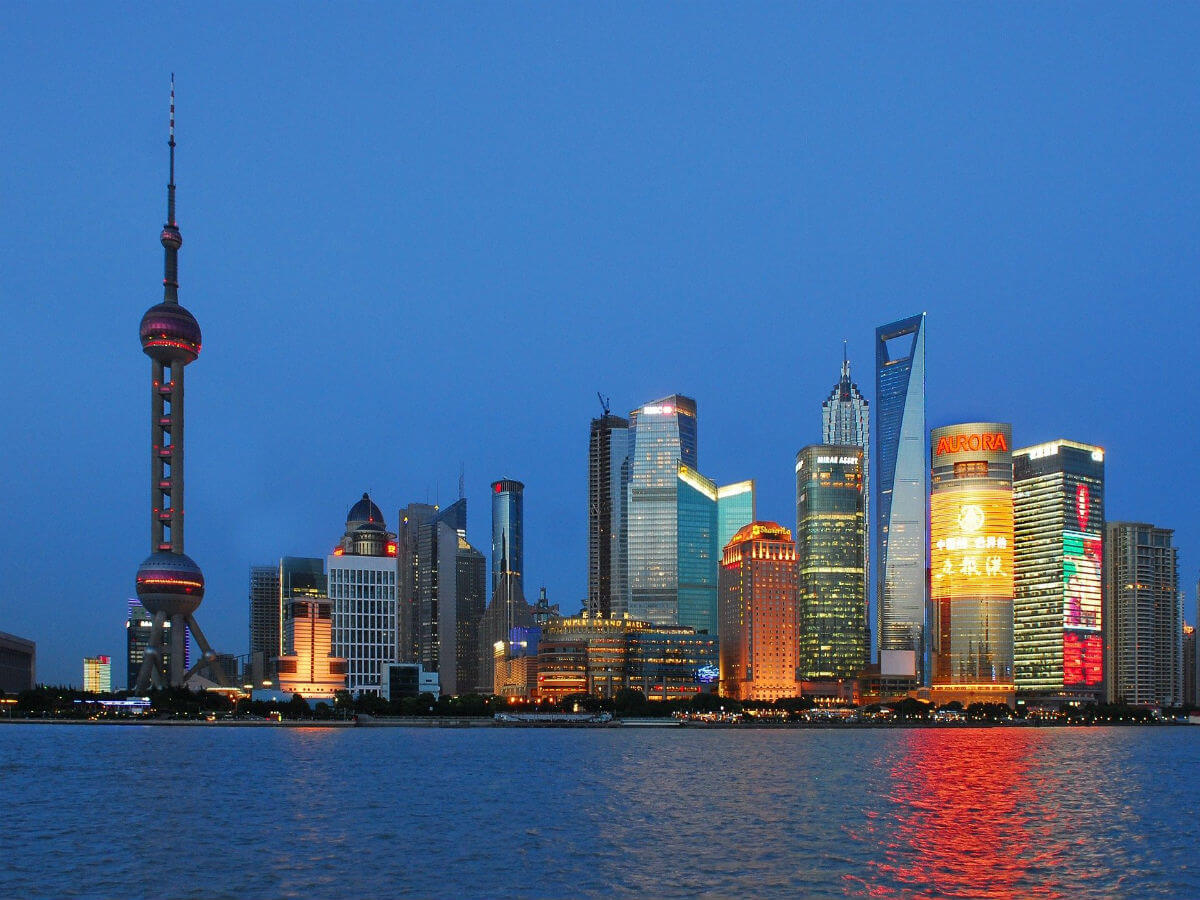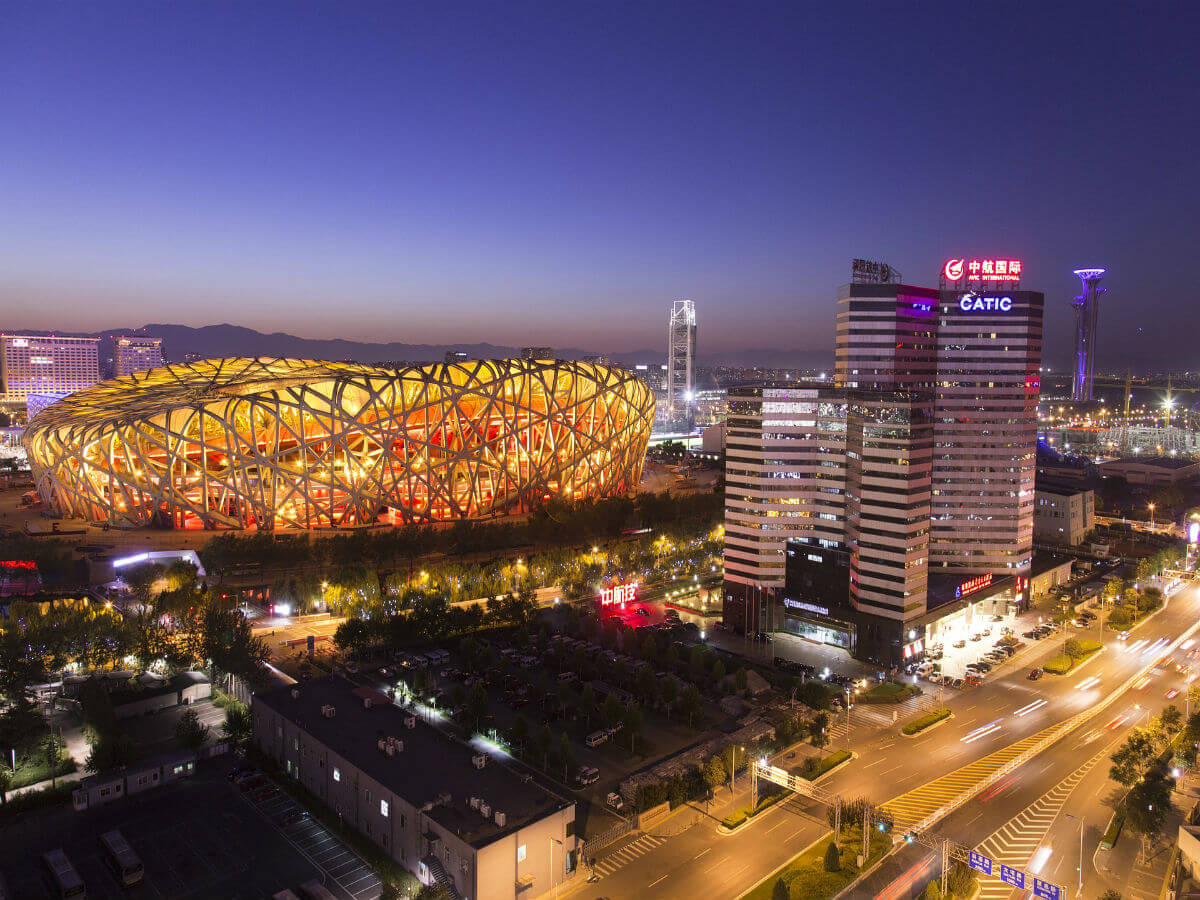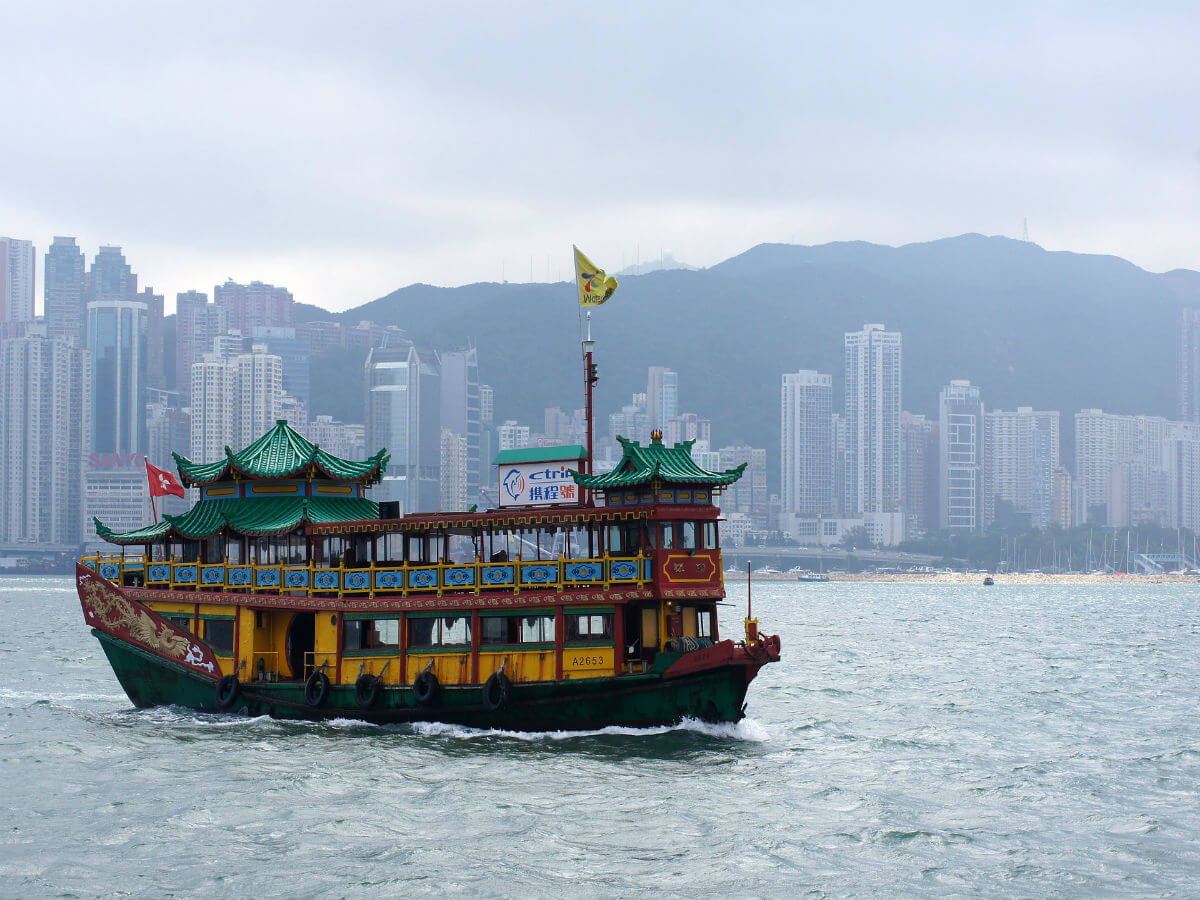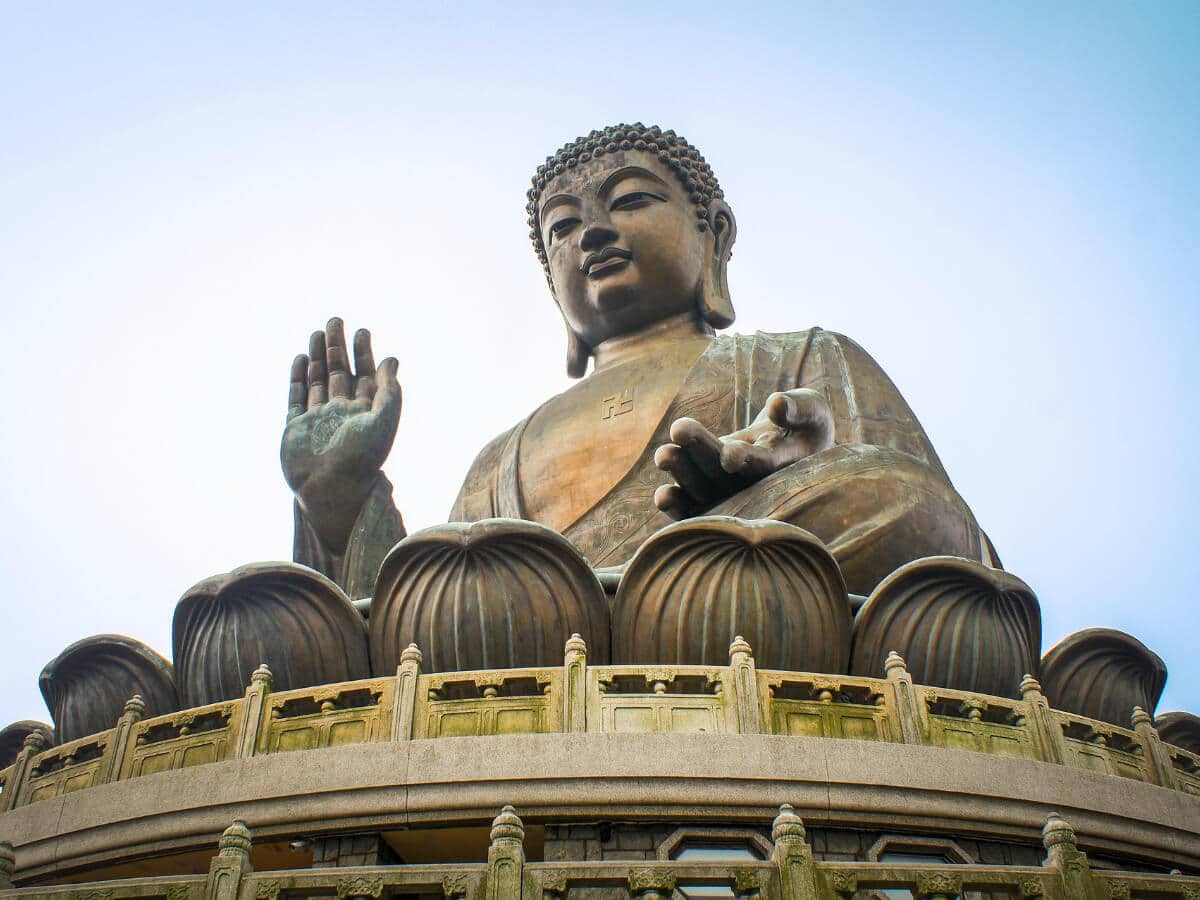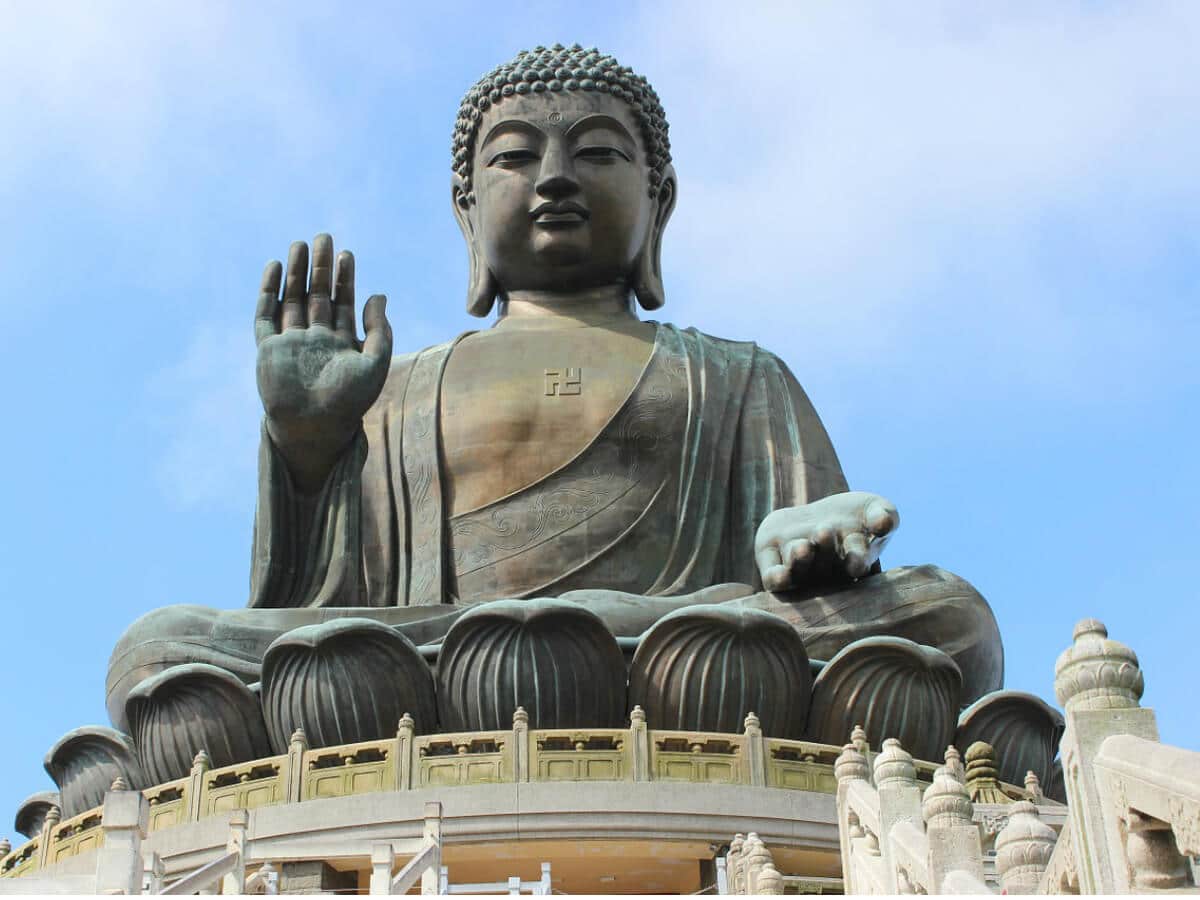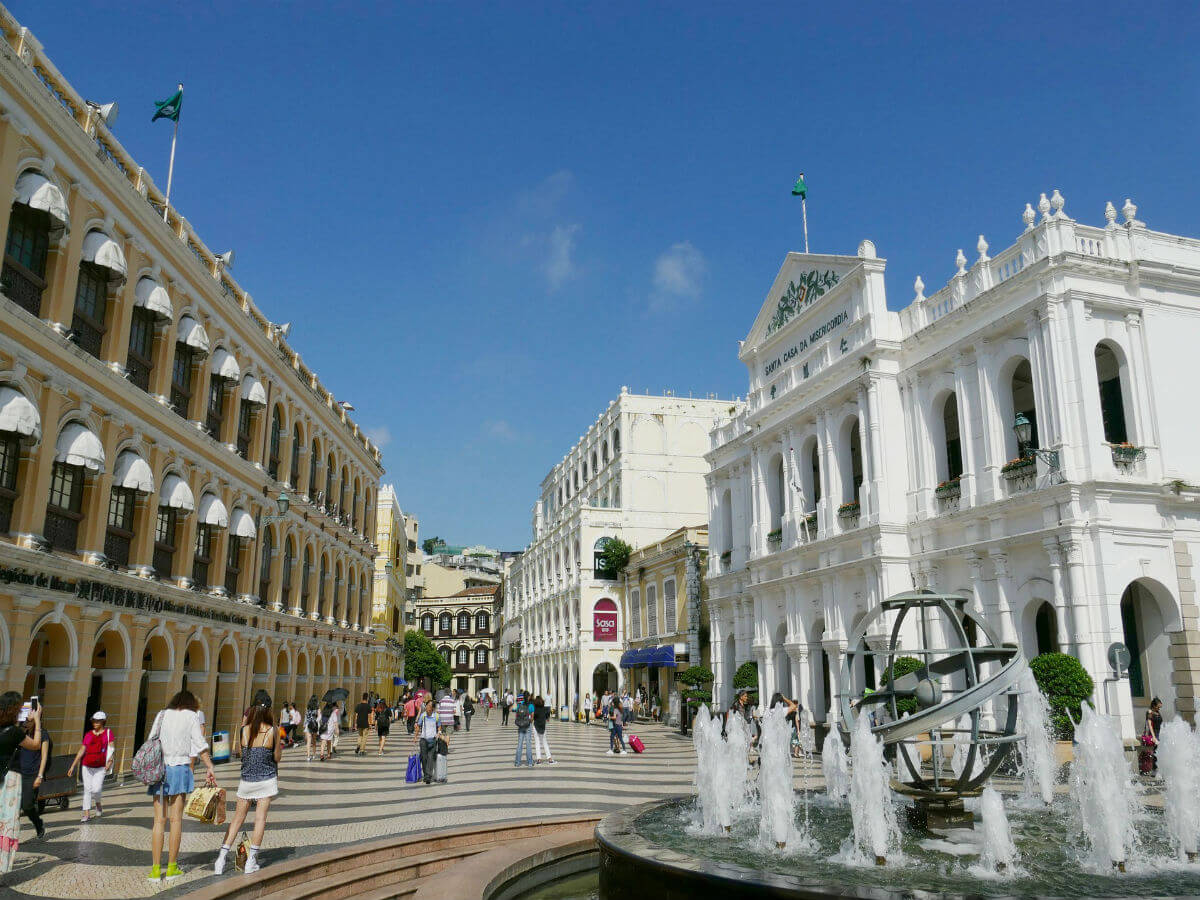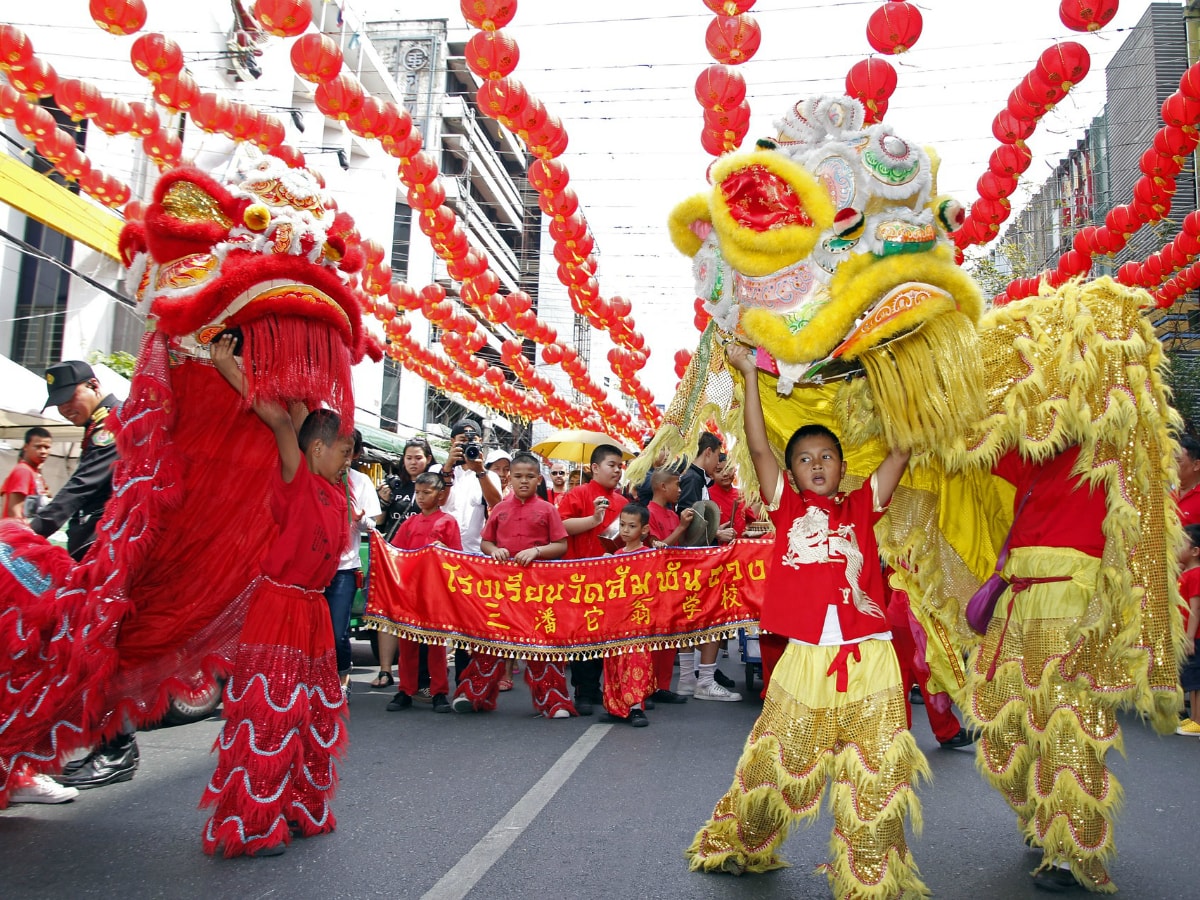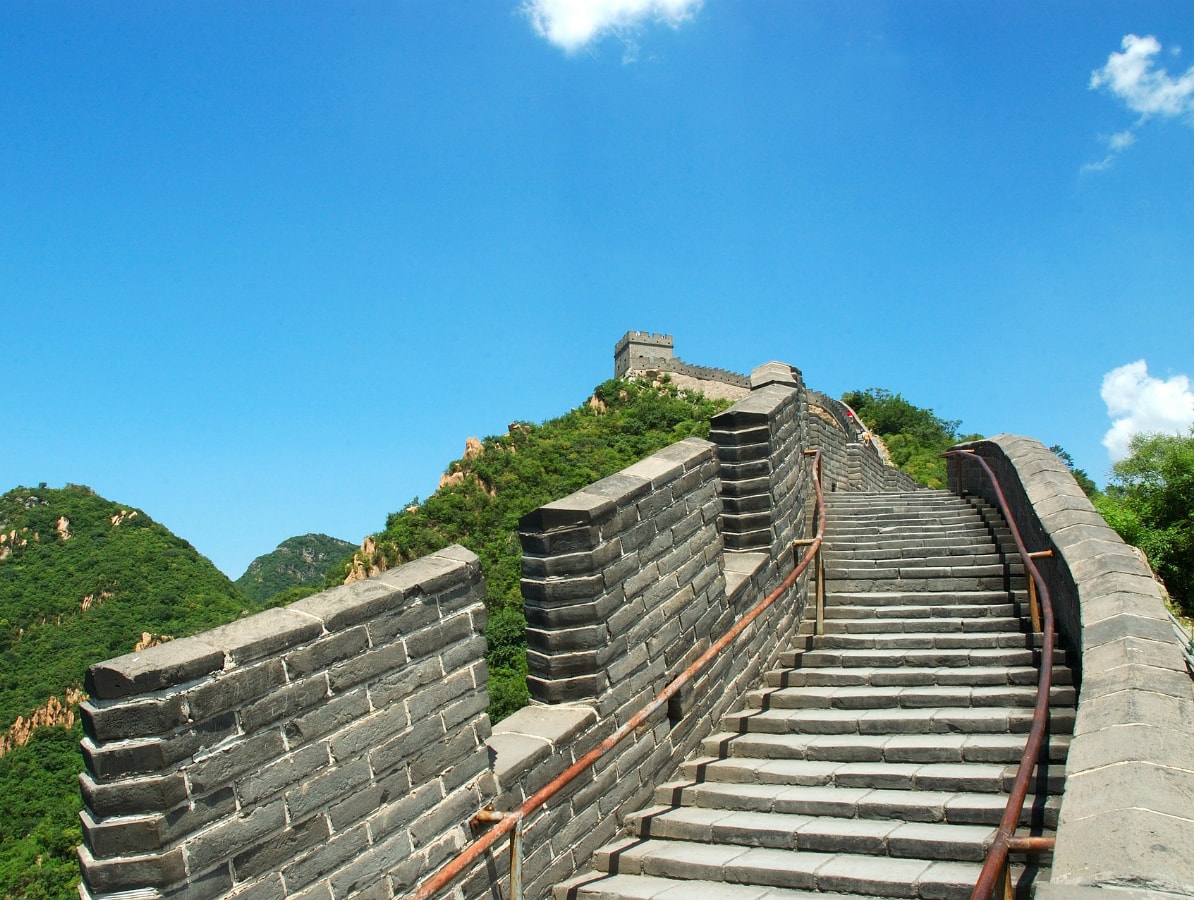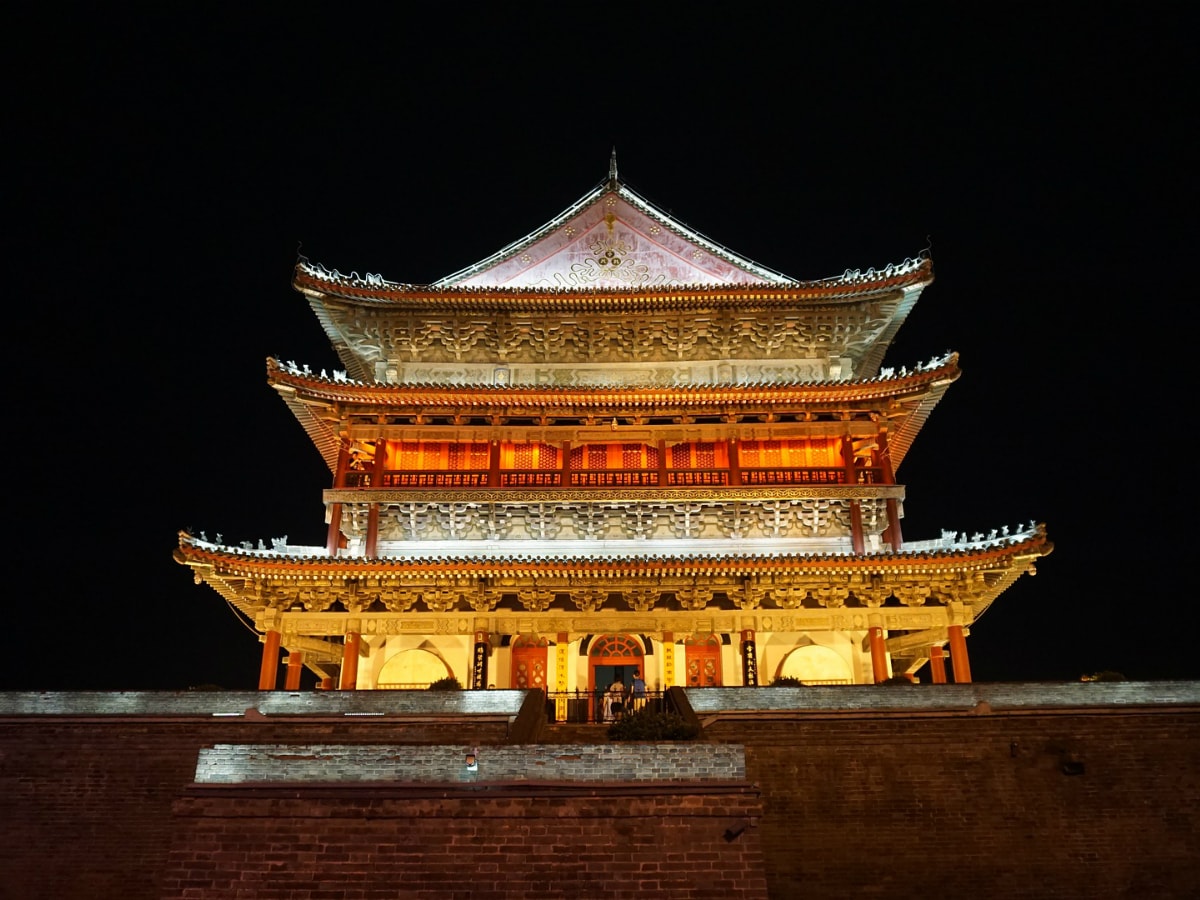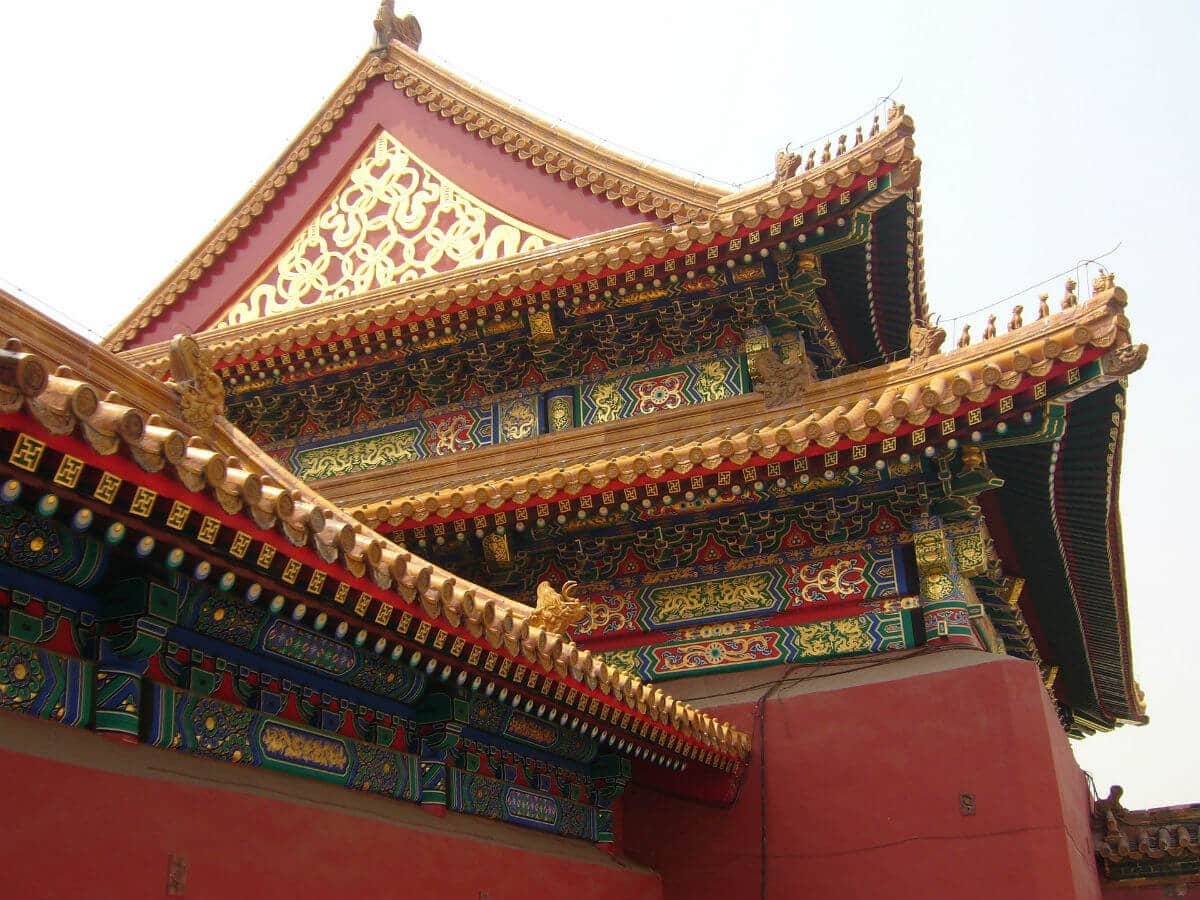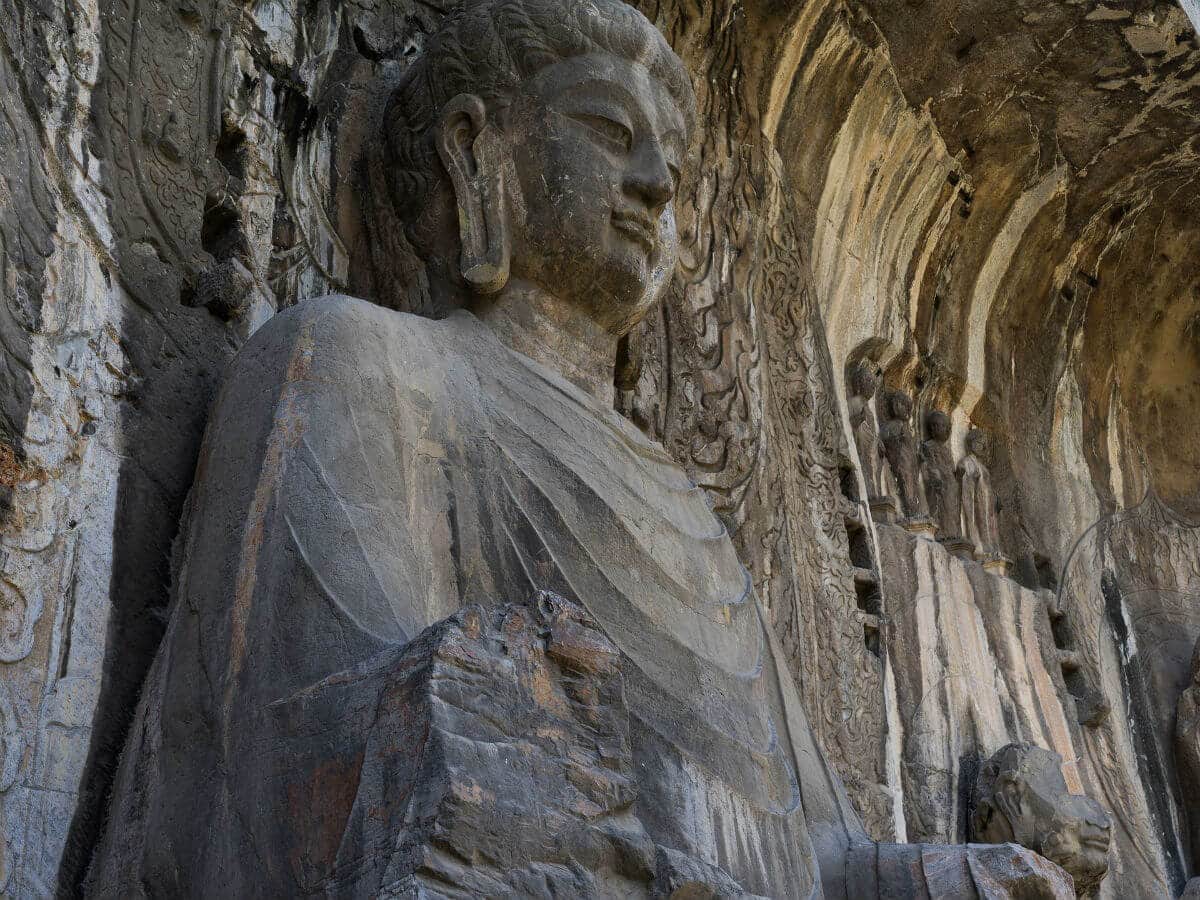Tour Packages
China Tour Packages
SUPER DEAL PRICE
STARTS FROM
per person on twin sharing
ATMs are widely available in China's cities.
Credit cards are broadly accepted in urban China.
Finding a bank is easy across China’s cities.
The legal drinking age in China is 18.
Chinese residents are known for their warm hospitality.
China - Visitors Statistics

Annually
3,55,00,000
Male51%
Female49%
By Purpose
Couples
For Newlywed Vacations
Family
For Family Vacations
Top Visitors from India
Delhi
Mumbai
Bengaluru
Chennai
Kolkata
Hyderabad
Pune
Ahmedabad
Jaipur
Lucknow
Everything You Need to Know About China
China’s economic and political transformation is remarkable. From being 11th on the list of world economies, it jumped to becoming the world’s second-largest economy, overtaking giants like Japan and Germany by a considerable margin. But China’s contribution to the world isn’t a recent phenomenon. The Red Dragon was an imperial power centre in East Asia and one of the most powerful kingdoms of the ancient world. We owe a lot to the ancient Chinese for their many inventions, which are still used today from paper, pasta, tea, and silk to a compass and gunpowder. If you’d like to explore this beautiful country’s history and heritage and marvel at its modern cities, check out our affordable China tour packages.
View All China Tour Packages
FAQs:
Book Your Dream Vacay Today!











